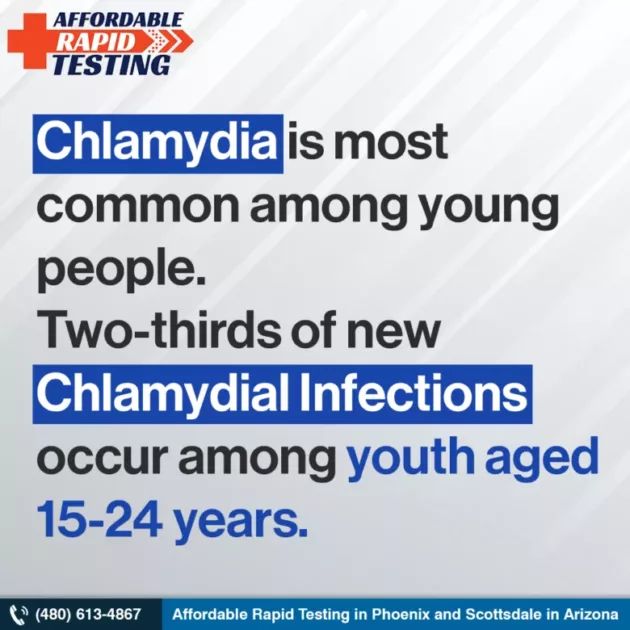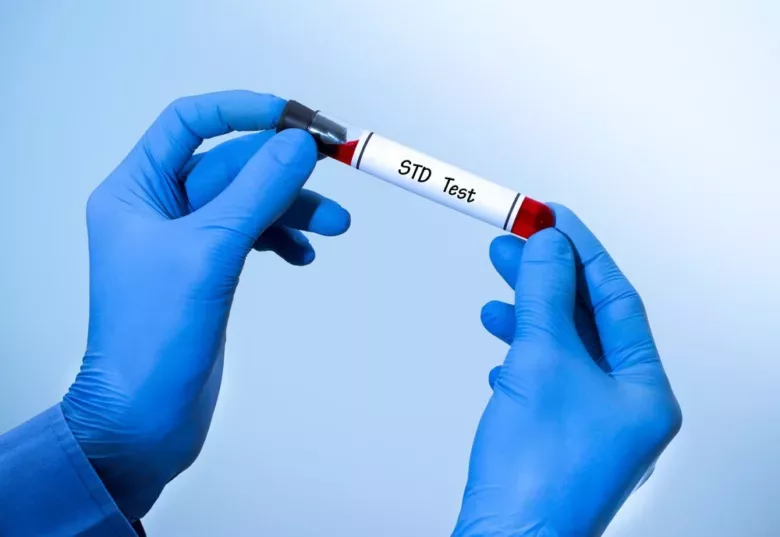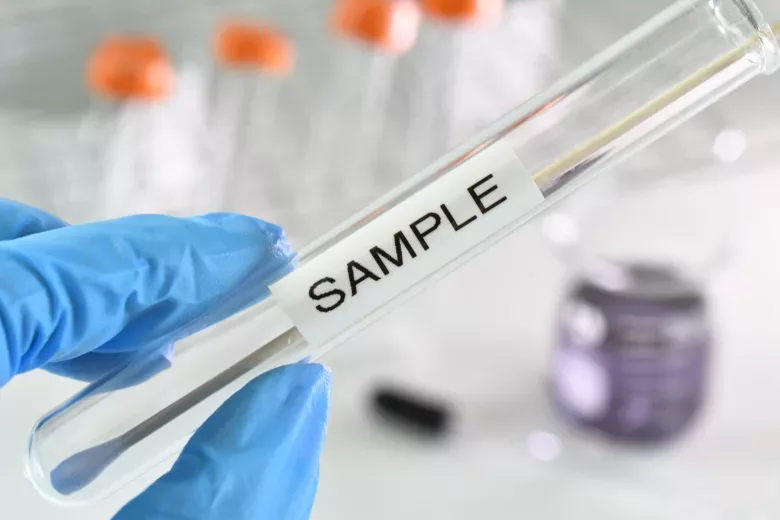Every sexually active person should know about Chlamydia, a common sexually transmitted infection. If left untreated, it can lead you to serious health concerns like chlamydia in the eye, pelvic inflammatory diseases, infertility, cervicitis, proctitis, urethritis, etc.
Chlamydia is a common disease, but many people don’t realize that they have it. You don’t have to be one of them as today’s post will answer all your questions.
What is Chlamydia Anyway?
A common bacterial infection transferred through sexual contact is chlamydia. Over 1.7 million cases of chlamydia are recorded each year in the US.
Chlamydia can cause major reproductive health issues and can affect the vaginal, oral, and anal areas. It’s critical to identify the symptoms and warnings of this treatable ailment so that you can seek medical help on time.
How Does Chlamydia Spread?
As they say, precaution is better than cure – the same goes for Chlamydia as well. If you know how does it spread, it will minimize your chance of catching it in the first place. Can you get Chlamydia from kissing? The answer is NO. The natural causes of contamination include:
- If a person engages in unprotected sex with a partner who has the disease, chlamydia can spread. Without the use of condoms, intercourse is considered unprotected. Additionally, oral or anal sex might spread it too.
- An infected woman can pass the illness to her unborn child during childbirth.
- If the male partner is sick, having sex with him can spread the disease even if he doesn’t ejaculate.
- Chlamydia can come back even after being treated for it in the past.
How Common is Chyamidia in the eye, throat, or other body parts?
Unfortunately, many chlamydia patients experience no symptoms, which makes it difficult for them to know they have common STDs. This is only one of the reasons why chlamydia is such a widespread STD. These are the relevant statistics.
Statistics about Chlamydia in the US

Here are some data about how chlamydia has affected the American population, as per the most recent America’s Health Rankings report.
- The number of reported chlamydia infections grew from 206 to 529 occurrences per 100,000 people between 1997 and 2017
- In 2018, there were more than 1.7 million cases of chlamydia reported
- Between 2008 and 2018, the number of Chlamydia cases in Arizona rose by 56%
- The most common STDs in America are chlamydia and gonorrhea
- Teenagers and adults in their twenties are disproportionately affected by chlamydia and gonorrhea
- In Phoenix, Arizona, more than 5 out of every 10 chlamydia cases include people aged 15 to 24.
Chlamydia rates among African Americans and Blacks were six times higher in 2020 than among Whites. 4 Among MSM, chlamydia is also widespread.
Possible Symptoms of Chlamydia
Chlamydia is sometimes referred to as a “silent” infection. This is so because the majority of infected individuals show no symptoms and abnormal physical examination results.
The cervix is where the germs first infect women. Cervicitis symptoms and indicators may result from this. It may also cause urethral infection. This could result in urethritis symptoms and indications. The cervix can transmit the infection to the upper reproductive system. During the exam, there may also be indications of cervical motion pain and uterine or adnexal soreness.
Men with symptoms often have urethritis, which is characterized by dysuria and a mucoid or watery urethral discharge. Unilateral testicular pain, soreness, and swelling are symptoms of epididymitis, which can occur in males with or without clinical urethritis.
Besides that, you can also get Chlamydia in the throat and eyes.
Treatment Options for Chlamydia
Chlamydia is easily treated with antibiotics. Whether a person also has HIV or not, they both have the same treatment options.
Single-dose antibiotic patients should wait seven days before getting sexually intimate again. Patients on a seven-day course of antibiotics shouldn’t engage in sexual activity until the course is finished and all symptoms have disappeared. This lessens the risk of illness spreading to sex partners. It’s critical to take all of the medications recommended for chlamydia treatment.
Treatment will eliminate the infection, but it won’t reverse any long-term effects of the illness. After obtaining treatment, if a patient’s symptoms persist for more than a few days, a healthcare professional should reassess them.
Conclusion
You can cure Chlamydia with the right treatment. It is critical that you take all of the medication prescribed by your doctor to cure your infection.
Repeat chlamydia infection is common. Even if your partner was treated, you should be tested again three months later. If you are wondering where to get an STD test in Phoenix/Scottsdale, Affordable Rapid Testing would be the best option.


